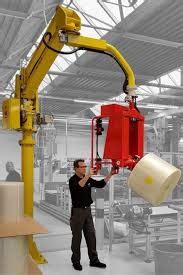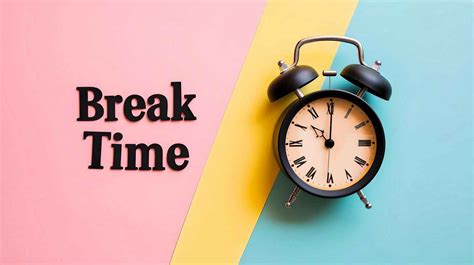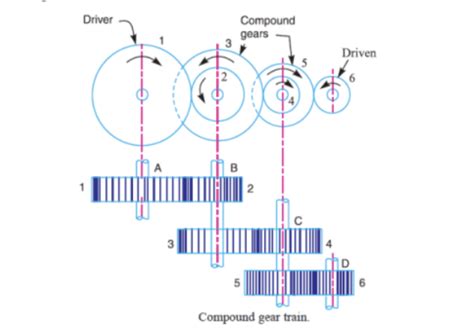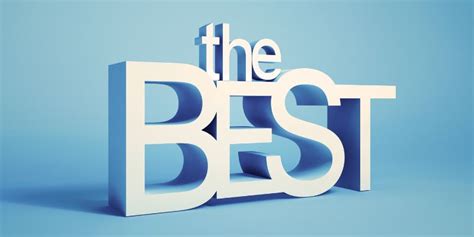What recovery tech gear truly accelerates muscle repair & optimizes performance?
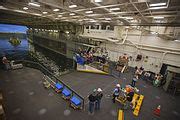
In the relentless pursuit of peak athletic performance, the focus often shifts from training intensity to the crucial, yet often overlooked, phase of recovery. Modern technology has revolutionized how athletes approach muscle repair, offering innovative gear designed to accelerate healing, reduce soreness, and optimize readiness for the next challenge. But with a market flooded with options, which recovery tech truly delivers on its promises?
The Science Behind Speedy Recovery
Understanding how muscles repair themselves is key to appreciating the role of recovery tech. After intense exercise, muscle fibers experience microscopic tears. The body’s natural response involves inflammation, followed by a repair process that rebuilds stronger tissues. Effective recovery strategies aim to reduce excessive inflammation, enhance blood flow, and stimulate cellular repair.
Percussion Therapy: Deep Tissue Relief
One of the most popular and effective recovery tools is the percussion massage device, commonly known as a massage gun. These devices use rapid, repetitive strokes to deliver targeted pressure deep into muscle tissue. This action helps to break up knots, increase blood flow, and release tension, thereby accelerating the removal of metabolic waste products and supplying fresh, oxygenated blood to aid repair. Regular use can significantly reduce delayed onset muscle soreness (DOMS) and improve flexibility.
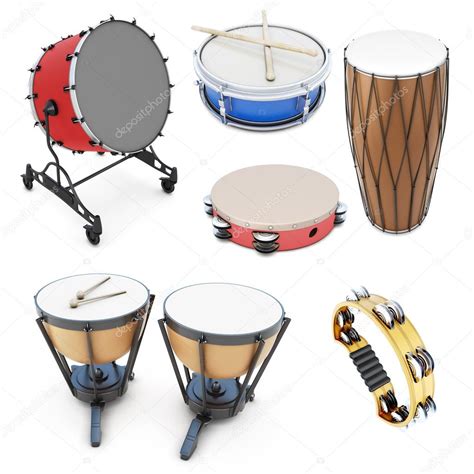
Compression Therapy: A Squeeze for Better Circulation
Compression garments and pneumatic compression boots have become staples in many athletes’ recovery routines. These devices apply external pressure to limbs, which helps to increase venous return, flush out lactic acid and other waste products, and reduce swelling. By improving circulation, compression therapy ensures a more efficient delivery of nutrients and oxygen to damaged muscle cells, speeding up the repair process. Sequential compression systems, in particular, mimic the body’s natural muscle pump action, making them highly effective.
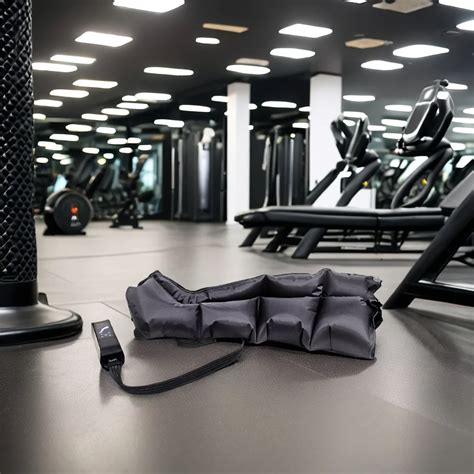
Cold Therapy: Icing for Inflammation Control
While the traditional ice bath remains a go-to, modern cold therapy has evolved. Cryotherapy chambers expose the body to extremely cold temperatures for short periods, while localized cold compression devices provide targeted cooling. The primary benefit of cold therapy is its ability to reduce inflammation and numb nerve endings, thereby decreasing pain and swelling. By mitigating the inflammatory response, it can help create a more conducive environment for muscle repair.
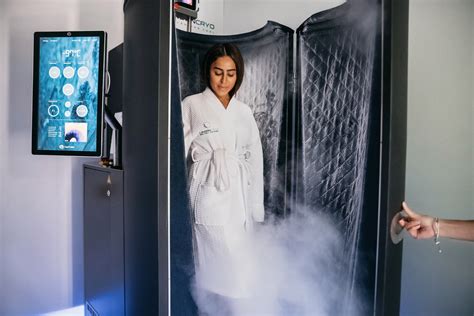
Electrical Muscle Stimulation (EMS) & TENS: Beyond Pain Relief
Electrical muscle stimulation (EMS) devices use electrical impulses to contract muscles, often used for strength training or rehabilitation. However, in a recovery context, lower frequency EMS settings can promote blood flow and muscle relaxation without strenuous effort. Transcutaneous Electrical Nerve Stimulation (TENS) devices primarily block pain signals, offering symptomatic relief that allows for more comfortable movement and rest, both crucial for recovery. Some devices combine both functions, offering versatile recovery benefits.
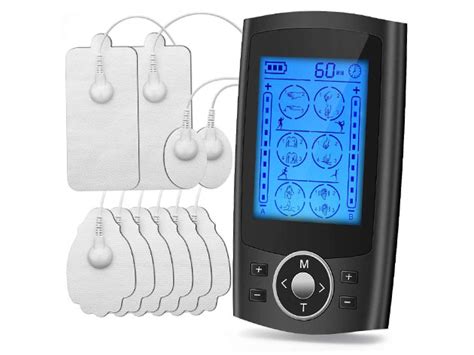
Red Light Therapy (Photobiomodulation): Cellular Healing
Red light therapy, or photobiomodulation (PBM), uses specific wavelengths of red and near-infrared light to stimulate cellular function. This non-invasive therapy is believed to enhance mitochondrial activity, increase ATP production (cellular energy), and reduce oxidative stress. For muscle recovery, this translates to reduced inflammation, accelerated tissue repair, and improved muscle regeneration, making it a promising tool for both injury recovery and performance optimization.

The Future of Recovery: Smart Wearables & Personalized Approaches
Beyond the direct physical tools, smart wearables are playing an increasingly vital role in optimizing recovery. Devices that track sleep quality, heart rate variability (HRV), and activity levels provide invaluable data, allowing athletes to tailor their recovery strategies. By understanding individual physiological responses, athletes can make informed decisions about when to push harder and when to prioritize rest, making recovery an even more precise science.
Conclusion
While no single piece of tech is a magic bullet, integrating a thoughtful combination of recovery tools can significantly accelerate muscle repair and optimize performance. From deep tissue percussion to advanced cellular light therapy, the right gear, coupled with proper nutrition and adequate sleep, empowers athletes to recover faster, train harder, and ultimately achieve their peak potential. Invest wisely in your recovery, and unlock a new level of performance.

